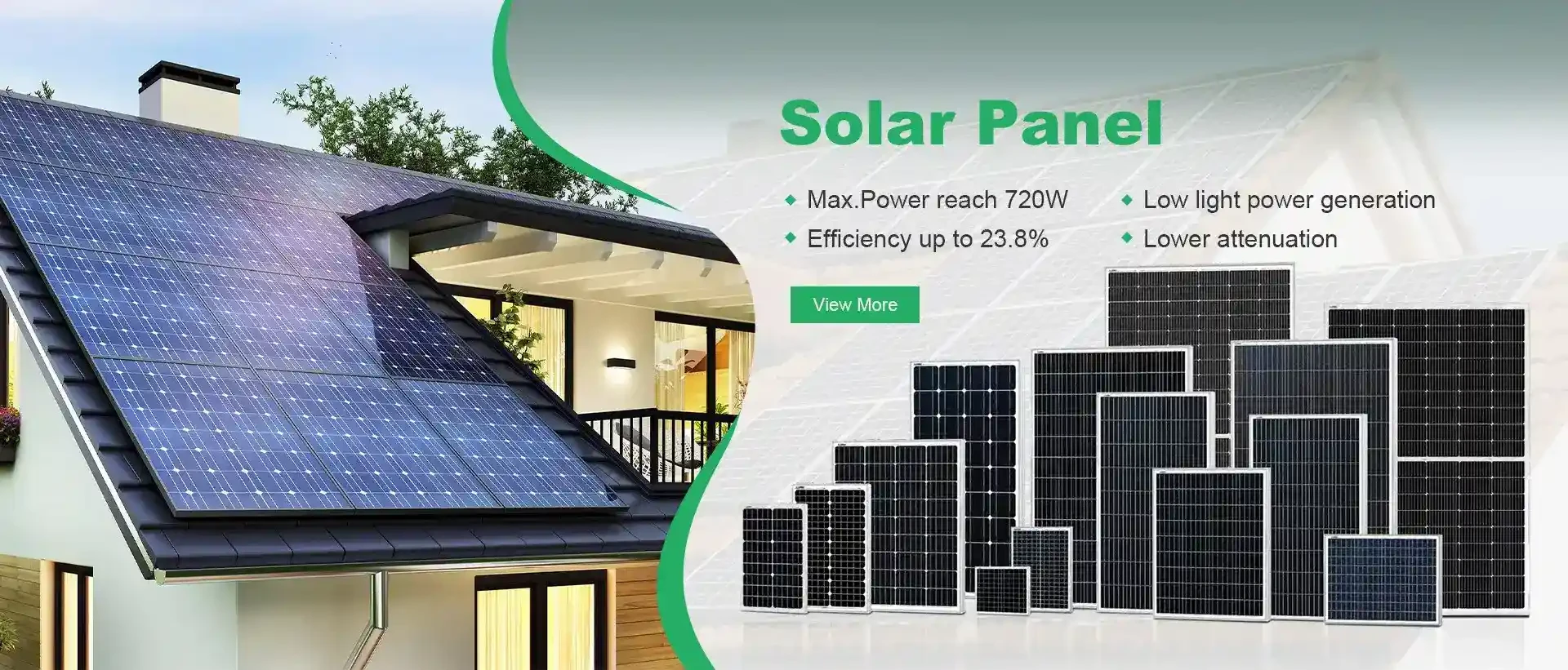Efficiency Factors of Polycrystalline Solar Panels and Their Impact on Performance
The Efficiency of Polycrystalline Solar Panels A Comprehensive Overview
Solar energy has become an increasingly vital component of the global push toward renewable energy sources. Among the different technologies available for harnessing solar power, polycrystalline solar panels have gained popularity due to their balance between efficiency, cost, and environmental impact. In this article, we will explore the efficiency of polycrystalline solar panels, their advantages, and some challenges that affect their performance.
Understanding Polycrystalline Solar Panels
Polycrystalline solar panels are made from multiple silicon crystals, which is indicated in their name. The manufacturing process involves melting raw silicon and then pouring it into molds to form blocks, which are then sliced into wafers. This method is simpler and less expensive than the production of monocrystalline solar panels, which are made from a single crystal structure. Due to this ease of manufacturing, polycrystalline panels are often more affordable, making them a popular choice for residential and commercial applications.
Efficiency of Polycrystalline Panels
The efficiency of a solar panel is defined as the ratio of the electrical output of the panel to the solar energy input it receives. Polycrystalline solar panels typically have an efficiency rating ranging from 15% to 22%. While this is slightly lower than that of their monocrystalline counterparts, which can exceed 23% efficiency, polycrystalline panels still represent a viable option for many consumers.
One of the key factors influencing the efficiency of polycrystalline panels is their temperature coefficient. Generally, polycrystalline panels perform slightly worse than monocrystalline panels at high temperatures. This means that in hot climates, polycrystalline panels may exhibit reduced efficiency due to thermal effects. However, they remain a practical choice due to their strong performance in moderate temperature ranges and their competitive price.
Advantages of Polycrystalline Solar Panels
1. Cost-Effectiveness One of the primary advantages of polycrystalline panels is their affordability. The manufacturing process is less energy-intensive and utilizes less pure silicon, allowing for lower production costs. As a result, consumers can often find polycrystalline panels at a more competitive price point.
2. Energy Production Despite their lower efficiency in comparison to monocrystalline options, polycrystalline panels still provide sufficient energy production for a wide variety of applications. For homeowners or businesses that have ample roof space, polycrystalline panels can be an effective way to harness solar energy.
efficiency of polycrystalline solar panels

3. Environmental Impact The production of polycrystalline panels generally requires less energy and has a lower carbon footprint than that of monocrystalline panels. This makes them an environmentally friendly option for consumers who are conscious about sustainability.
4. Durability and Warranty Polycrystalline panels are known for their durability, typically offering warranties that last 25 years or more. This longevity makes them a reliable investment for long-term energy production.
Challenges Faced by Polycrystalline Panels
While polycrystalline panels have several advantages, there are notable challenges that can impact their efficiency and market adoption.
1. Performance in Low-Light Conditions Polycrystalline panels may not perform as effectively in low-light or cloudy conditions compared to monocrystalline panels. This can limit their efficiency in regions with less consistent sunlight.
2. Visual Appeal Aesthetic preferences may also affect consumer choice. Polycrystalline panels have a speckled blue appearance, which some consumers may find less visually appealing than the sleek black appearance of monocrystalline panels.
3. Space Requirements Due to their lower efficiency, polycrystalline panels may require more space to generate the same amount of electricity as monocrystalline panels. For those with limited roof space, this can be a significant consideration.
Conclusion
The efficiency of polycrystalline solar panels positions them as an attractive option for consumers seeking to invest in solar energy solutions. With their cost-effectiveness, environmental benefits, and sufficient energy production, polycrystalline panels offer a practical alternative for many applications. However, prospective buyers should consider their specific energy needs, local environmental conditions, and aesthetic preferences when choosing the right type of solar panel. As advancements in solar technology continue, the efficiency of polycrystalline panels may improve, further solidifying their place in the renewable energy landscape.
-
Unlocking Energy Freedom with the Off Grid Solar InverterNewsJun.06,2025
-
Unlock More Solar Power with a High-Efficiency Bifacial Solar PanelNewsJun.06,2025
-
Power Your Future with High-Efficiency Monocrystalline Solar PanelsNewsJun.06,2025
-
Next-Gen Solar Power Starts with Micro Solar InvertersNewsJun.06,2025
-
Harnessing Peak Efficiency with the On Grid Solar InverterNewsJun.06,2025
-
Discover Unmatched Efficiency with the Latest String Solar InverterNewsJun.06,2025







